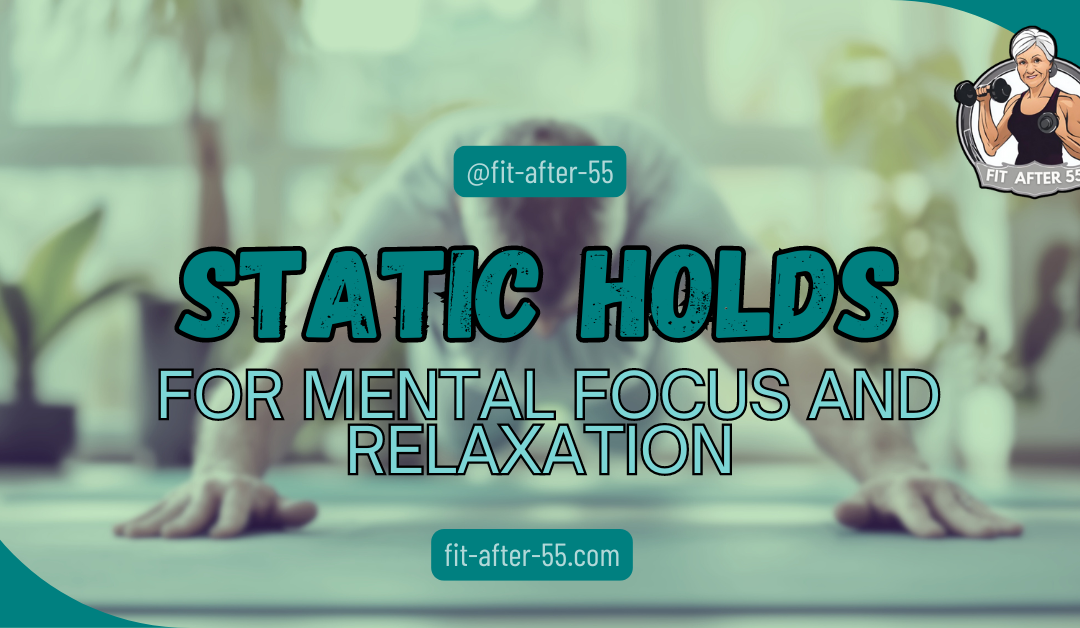Are you struggling to maintain mental focus and find relaxation in your busy life? Discover how static holds for mental focus and relaxation can be a game-changer. These simple yet effective exercises enhance your physical flexibility and promote mental clarity and relaxation. Dive into our guide to explore how static holds can transform your well-being, offering you a new tool for stress relief and improved concentration.
Static Holds for Mental Focus and Relaxation: Boost Concentration and Calm

Static holds are a simple yet powerful exercise technique known for their benefits in static holds for mental focus and relaxation. By maintaining a fixed position for a set time, you challenge both your body and mind. These exercises can improve mental strength and focus, enhancing performance in all areas of life. Embracing static holds can be transformative for those seeking better concentration and a deeper sense of relaxation.
These exercises don’t require fancy equipment or a lot of time. You can do them almost anywhere, making them perfect for busy schedules. Static holds range from simple planks to more advanced poses like handstands. Each type offers unique benefits for your body and mind.
Adding static holds to your routine can enhance your ability to stay focused and calm under pressure. This skill can help you in work, sports, and daily life. Plus, the physical strength you gain is a bonus.
Key Takeaways
- Static holds improve mental focus and physical strength simultaneously.
- You can easily fit these exercises into your daily routine.
- Regular practice can help you stay calm and focused in stressful situations.
The Science of Static Holds
Static holds for mental focus and relaxation engage muscles without movement, promoting relaxation and clarity. They offer significant physical and mental benefits through controlled tension and mindful breathing.
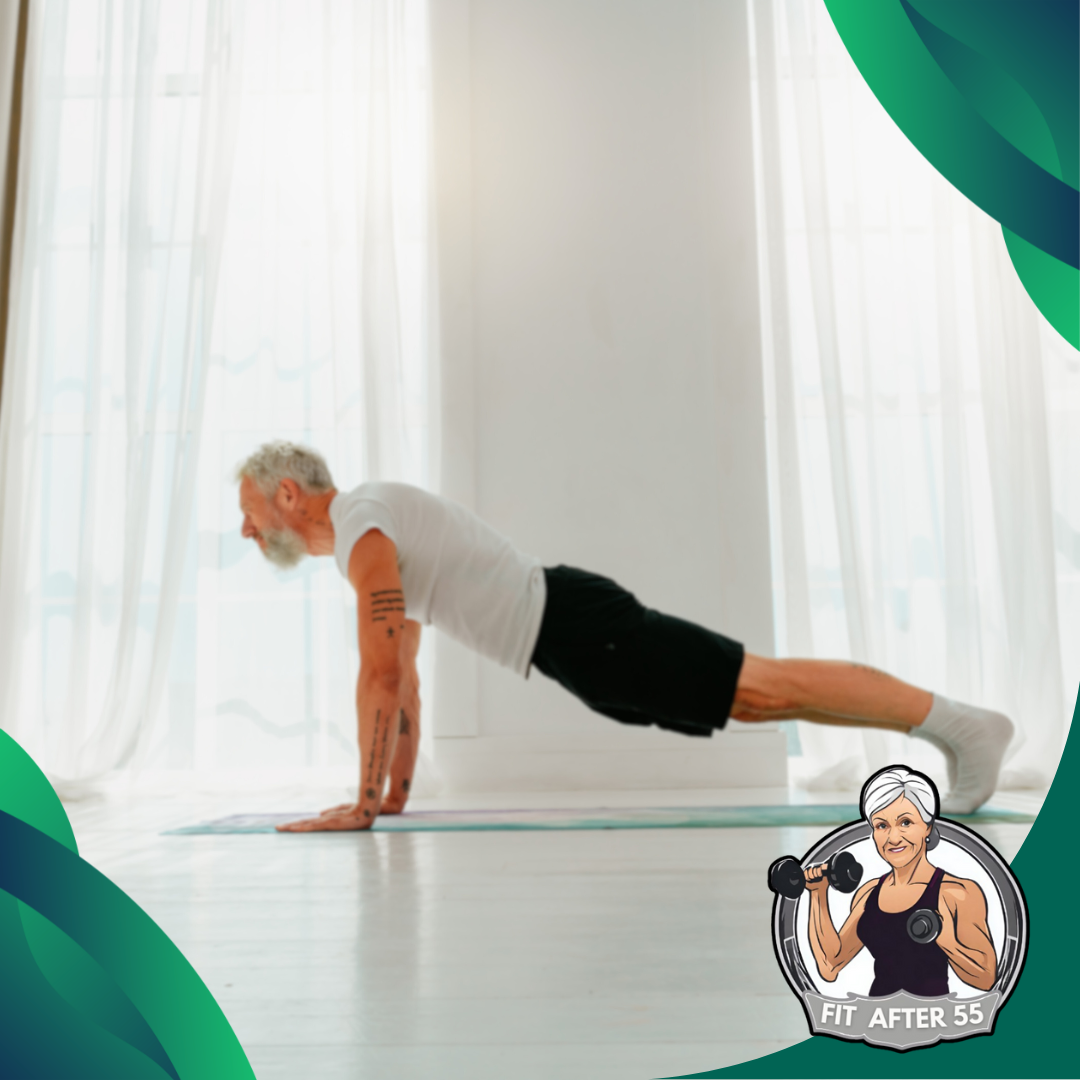
Definition and Types of Static Holds
Static holds involve maintaining a fixed body position for a set time. You keep your muscles contracted without moving. Common types include:
- Planks: Hold your body straight and parallel to the ground.
- Wall Sits: Sit with your back against a wall, knees at 90 degrees.
- Isometric Exercises: Push or pull against an immovable object.
These holds can last from a few seconds to several minutes. The goal is to maintain proper form throughout the hold.
Benefits of Static Holds for the Mind
Static holds can boost your mental focus and clarity. It would help if you concentrated on keeping your body still when you perform a hold. This trains your mind to stay present and focused. Benefits for your mind include:
- Improved concentration.
- It reduced stress and anxiety.
- Better mind-body connection.
- Enhanced mental toughness.
Regular practice of static holds can help you stay calm under pressure. It teaches you to breathe deeply and stay focused even when your body is under stress.
Physiological Effects on Relaxation and Focus
Static holds affect your body in ways that promote relaxation and focus. When you hold a position, your breathing naturally slows down. This triggers your body’s relaxation response. Key physiological effects include:
- Lowered heart rate.
- It decreased blood pressure.
- It reduces muscle tension.
- Increased oxygen flow to the brain.
These changes help you feel calmer and more alert. Progressive muscle relaxation, a form of static hold, can be especially effective for reducing stress and improving focus.
Practical Application
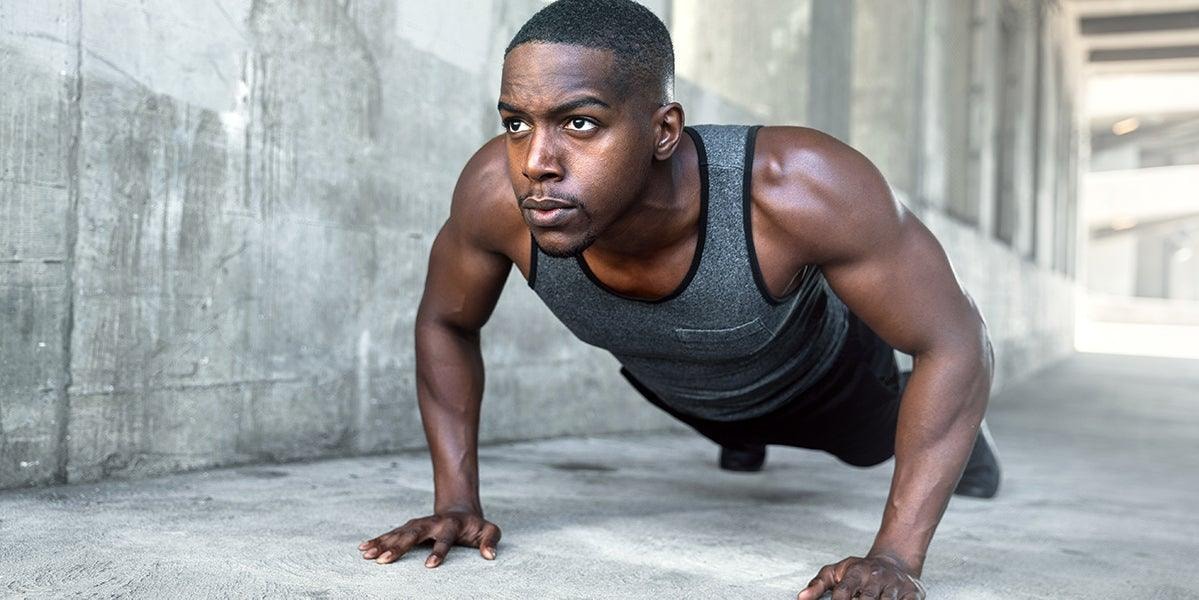
Static holds can boost mental focus and relaxation when done correctly. The key is creating the right environment and practicing static holds for mental focus and relaxation at optimal times.
Choosing the Right Environment
Pick a quiet, comfortable spot for your static holds. This could be a corner of your bedroom or a peaceful outdoor area. Make sure you have enough space to move freely. Remove distractions like phones or noisy devices. Dim the lights if possible. This helps you concentrate better.
Use a yoga mat or cushion for comfort during floor exercises. Wear non-slip shoes or go barefoot on a stable surface for standing holds. Keep the room temperature moderate. Too hot or cold can make it hard to relax and focus.
Timing and Frequency for Optimal Results
Start with short sessions of 5-10 minutes. Gradually increase the duration as you get more comfortable. Try static holds 2-3 times a week at first. You can do them daily once you’re used to the practice. Morning sessions help set a focused tone for your day. Evening practice may improve sleep quality.
Avoid static holds right after meals. Wait at least an hour to prevent discomfort. Consistency is key. Set a regular schedule to make static holds a habit. For example, do them every Monday, Wednesday, and Friday at 7 AM. Listen to your body. Take a break or reduce the hold time if you feel strain or discomfort.
Did you Know?
Consider a healthcare professional before starting any new exercise or breathing regimen, especially if you have underlying health conditions.
Common Static Hold Techniques
Static holds are powerful tools for Static Holds For Mental Focus And Relaxation. These techniques involve maintaining specific positions or states for set periods. They can help calm your mind and improve body awareness.
Deep Breathing and Visualization
Start by finding a comfortable position. Close your eyes and take slow, deep breaths. Focus on your breathing pattern. Inhale for four counts, hold for 4, then exhale for 4. As you breathe, picture a peaceful scene. It could be a beach, forest, or any place that makes you feel calm. Hold this image in your mind.
Try to engage all your senses. Imagine the sounds, smells, and textures of your chosen place. Keep this visualization for 5-10 minutes. This technique can lower stress and improve concentration. It’s useful before important tasks or when you need to relax.
Muscle Contraction and Release
This method involves tensing and relaxing different muscle groups. Start with your feet and work up to your head.
- Tense your foot muscles for 5 seconds.
- Release and relax for 10 seconds.
- Move to your calf muscles and repeat.
- Continue this pattern up your body.
Pay attention to how each muscle feels when tight and relaxed. This practice increases body awareness and releases physical tension. You can do this sitting or lying down. It’s helpful before bed or during breaks at work.
Posture and Alignment Focus
Sit or stand with your back straight. Align your head, neck, and spine. Keep your shoulders relaxed and down. Focus on maintaining this posture for 1-2 minutes. Notice any areas of tension or discomfort. Don’t try to change anything, just observe.
Gradually increase the time you hold this position. Aim for 5-10 minutes. This technique improves posture and body awareness. It can help reduce back pain and increase overall comfort in daily activities. Practice this during your workday or while watching TV. It’s a simple way to build strength and mindfulness.
Integrating Static Holds into Daily Life
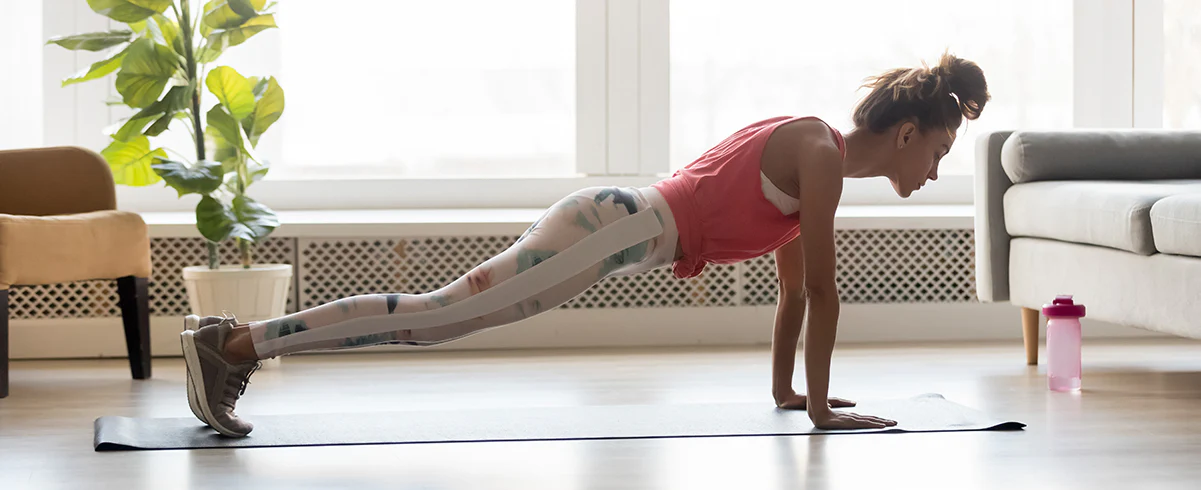
Static holds can be easily worked into your everyday routine as part of your strategy for Static Holds For Mental Focus And Relaxation. They offer quick mental boosts and moments of calm without needing special equipment or much time. Let’s look at practical ways to add these static holds to your day for enhanced mental clarity and relaxation.
Workplace Implementation
At work, try a simple desk static hold. Grip the edge of your desk firmly with both hands. Hold for 10-15 seconds while focusing on your breath. This increases mental focus and helps you reset between tasks. Another option is a wall sit. Find an empty wall space. Lean against it and slide down until your legs form a 90-degree angle.
Hold this position for 30 seconds. This works your legs and core while giving you a mental break. For the upper body, try a doorway hold. Stand in a doorway and press your palms against the sides. Hold for 15-20 seconds, feeling the stretch in your chest and shoulders.
Before Bedtime Routines
Static holds can help you unwind before sleep. Try a standing forward bend. Stand with feet hip-width apart. Slowly bend forward, letting your arms hang. Hold for 30-60 seconds, focusing on relaxing your back and neck. A wall handstand is great for advanced practitioners.
Kick up into a handstand with your feet against a wall. Hold for 10-30 seconds, depending on your strength. This inverted position can calm your mind. Lie on your back with your legs up the wall for a gentler option. Scoot your hips close to the wall and extend your legs up. Hold for 2-5 minutes, letting tension melt away.
Combining with Mindfulness Practices
Pair static holds with mindfulness for enhanced benefits. During a plank hold, focus on your breath. Feel your inhales and exhales as you maintain the position for 30-60 seconds. Try a tree pose from yoga. Stand on one leg and place your other foot on your inner thigh. Hold for 30 seconds while focusing on a fixed point. This improves balance and concentration.
End your day with a seated forward bend. Sit with your legs extended, and reach for your toes. Hold for 1-2 minutes while practicing a body scan meditation. Start at your toes and mentally relax each body part as you move upward.
Static Holds For Mental Focus And Relaxation: Modifications and Adaptations
Static holds can be adjusted to fit different needs and abilities. You can make changes to get the most out of this practice.
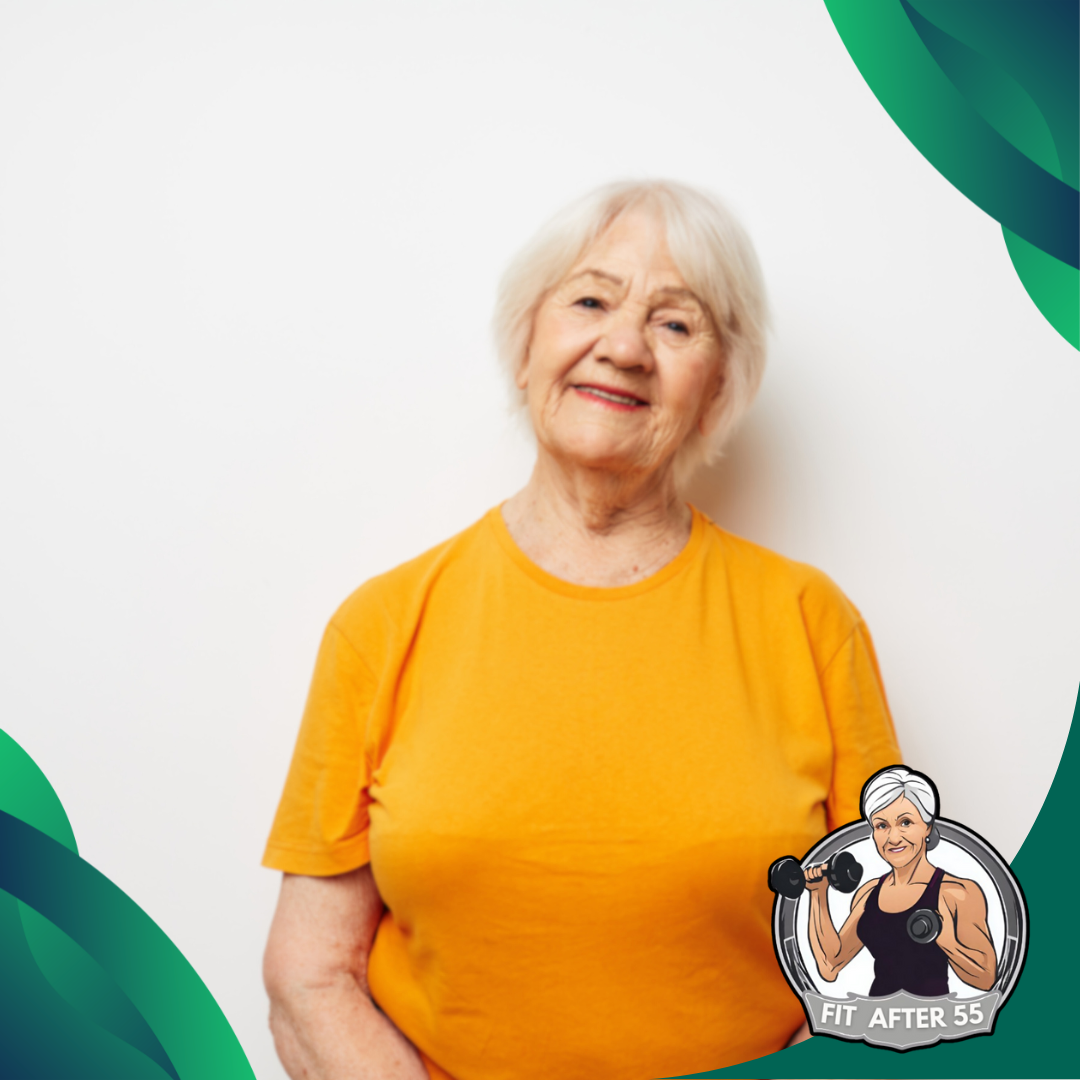
For Different Skill Levels
If you’re new to static holds, start with shorter hold times. Try 10-15 seconds per pose. As you get stronger, slowly increase to 30 seconds or more. Beginners can focus on simple poses like wall sits or planks. These build a good base. More advanced folks might try one-legged holds or add weights.
Mix it up by changing your grip or stance. This keeps things fresh and works different muscles. You could do wide-grip pull-ups one day and close-grip the next.
Accommodating Physical Limitations
If you have joint issues, use support. A chair can help with balance in standing poses. Cushions make floor work easier on your knees. For those with back problems, focus on poses that don’t strain the spine. Wall angels are a good choice. They improve posture without added pressure.
Try it from your knees if you can’t hold a full plank. This builds core strength while being gentler on your body. Always listen to your body. Stop if you feel pain. It’s okay to take breaks or do shorter holds. The goal is to improve, not hurt yourself.
Troubleshooting and Common Challenges

Static holds can be tricky, especially when aiming for static holds for mental focus and relaxation. You might face distractions or setbacks during these exercises. Let’s look at ways to overcome these issues and effectively track your progress.
Dealing with Distractions
External noise can break your focus during static holds. Try using earplugs or noise-canceling headphones to block out sounds. Mental distractions are tougher. To stay focused:
- Pick a spot to fix your gaze.
- Count your breaths.
- Use a mental visualization technique.
If your mind wanders, gently bring it back to your breath. Don’t get upset – this is normal and part of the practice. Muscle tension can also distract you. Do a quick body scan. Relax any tight areas, starting from your toes and moving up.
Advanced Techniques and Progressions

As you become more comfortable with static holds for mental focus and relaxation, you can try some advanced techniques to enhance your practice. Here are a few ways to progress:
Longer Hold Times
Gradually increase the duration of your static holds. Start with 30 seconds and work up to 2-3 minutes per position.
Combining Holds
Try linking different static holds together in a sequence. This can create a more challenging and dynamic practice.
Adding Resistance
Use weights or resistance bands to increase the difficulty of your holds. This can help build strength and endurance. Here’s a sample progression for the plank hold:
- Standard plank (30 seconds).
- One-arm plank (15 seconds on each side).
- Plank with leg lift (10 reps on each side).
- Weighted plank (30 seconds with weight on back).
Adding Resistance
Use weights or resistance bands to increase the difficulty of your holds. This can help build strength and endurance. Here’s a sample progression for the plank hold:
- Standard plank (30 seconds).
- One-arm plank (15 seconds on each side).
- Plank with leg lift (10 reps on each side).
- Weighted plank (30 seconds with weight on back).
You can also experiment with different breathing techniques during your holds. Try deep breathing exercises to enhance relaxation and focus. Remember to listen to your body and progress at a pace that feels comfortable for you.
If you experience any pain or discomfort, stop the exercise and consult a fitness professional. By incorporating these advanced techniques, you can continue challenging yourself and reap static holds’ mental and physical benefits.
Here’s a video about home exercises for the elderly.
By: Safe Fitness Training
Embrace Static Holds: Unlocking Mental Clarity and Relaxation
Incorporating static holds into your daily routine can significantly enhance your mental focus and relaxation. These exercises, though simple, offer profound benefits for both your mind and body. By maintaining a fixed position, you challenge your physical strength and foster a deeper sense of mental clarity and calm. Regular practice of static holds can lead to improved concentration, reduced stress, and a stronger mind-body connection.
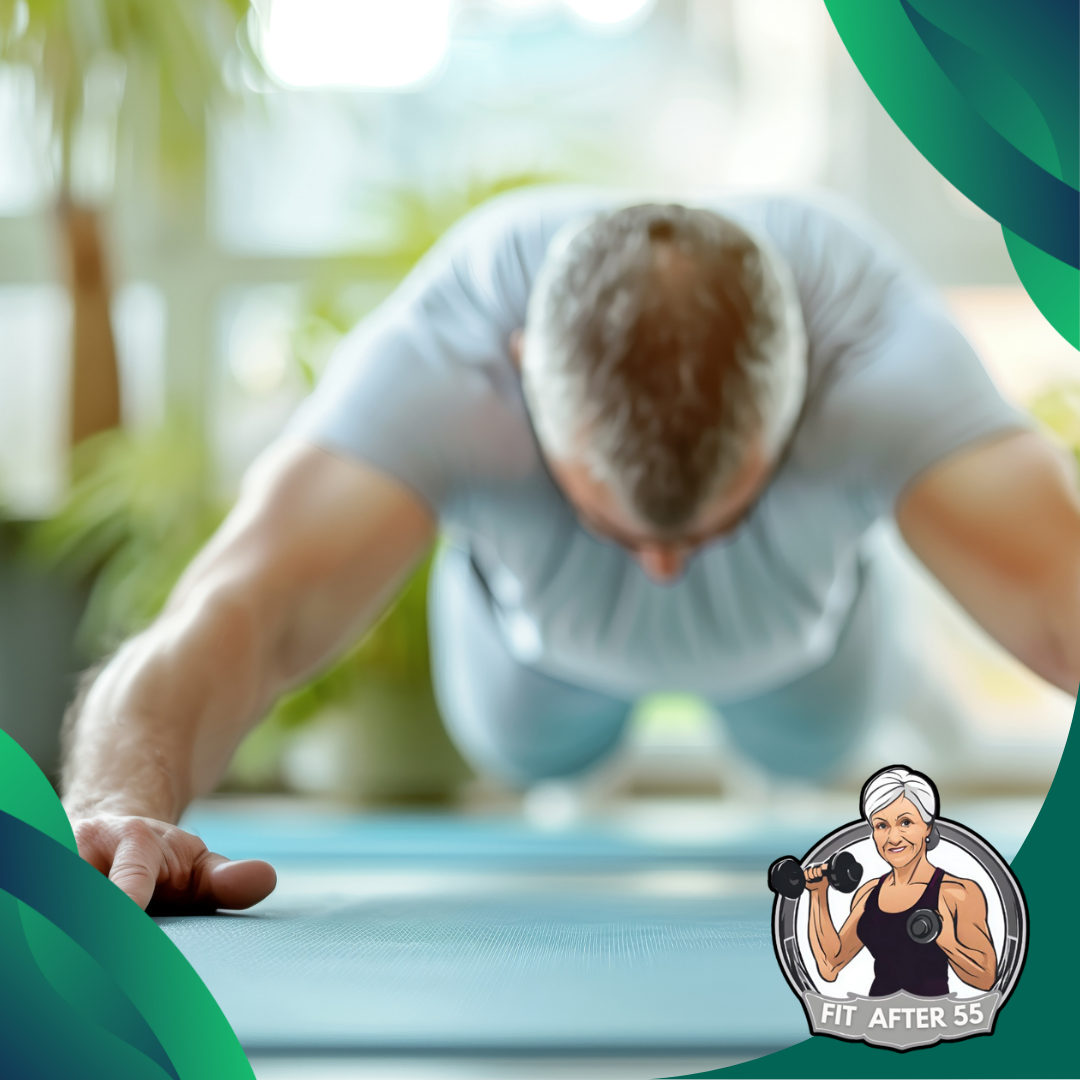
Whether seeking to boost your productivity at work or find moments of calm in your busy day, static holds provide a versatile and effective tool. With no special equipment and minimal time investment, these exercises are accessible and adaptable to any lifestyle. Embrace static holds as a daily practice, and experience the transformative impact they can have on your overall well-being and mental resilience.
Frequently Asked Questions
What Specific Benefits Do Static Holds Provide for Mental Focus and Relaxation?
Static holds improve mental focus and concentration. When you hold a position, your mind must stay engaged. This practice trains your brain to maintain attention for longer periods. Static holds also promote relaxation. The steady nature of the exercise allows you to focus on your breathing. This can help calm your mind and reduce stress.
How Long Should Static Holds Be Maintained for Optimal Mental Benefits?
Aim to hold static positions for 30 seconds to 2 minutes for mental benefits. Start with shorter holds if you’re new to the practice. Gradually increase the duration as you become more comfortable. Consistency is key. Regular static hold practice, even for shorter durations, can improve focus over time.
Can Static Hold Exercises Contribute to Muscle Growth, and if So, How?
Yes, static holds can contribute to muscle growth. They create tension in the muscles for extended periods. This tension stimulates muscle fibers and can lead to strength gains. Static holds are particularly effective for grip strength. Holding a heavy barbell or dumbbell challenges your forearms and hands, leading to improved grip power.

